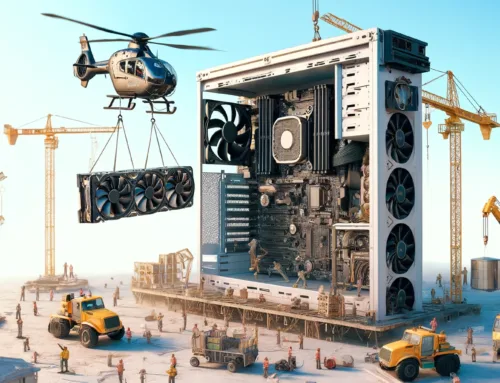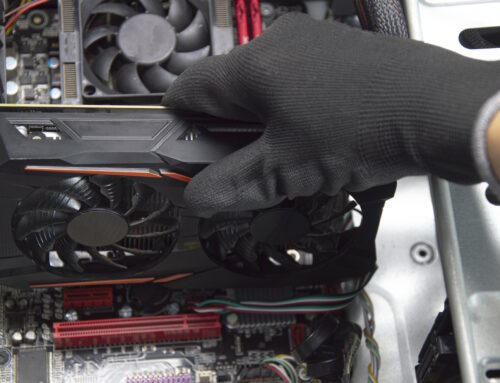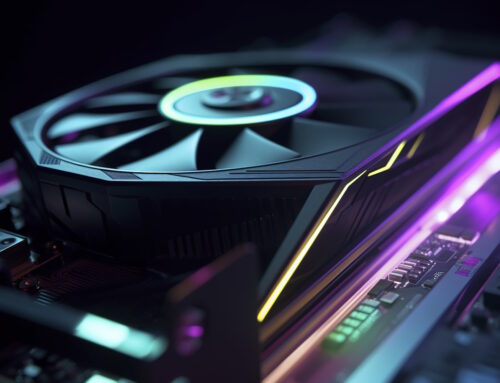Components of an IT System
In today’s technology-driven world, IT systems play a vital role in the functioning and success of organisations. An IT system is a complex infrastructure that integrates various components to enable the collection, processing, storage, and dissemination of information. Understanding the key components of an IT system is crucial for effectively managing and optimising its performance. In this article, we will explore the essential components of an IT system and their significance in creating a robust and efficient technological environment.

Hardware
Hardware represents the physical components of an IT system. It encompasses devices and equipment that can be seen and touched. Examples of hardware include computers, servers, networking devices (routers, switches), storage devices (hard drives, solid-state drives), input and output devices (keyboard, mouse, monitor), and peripheral devices (printers, scanners). Hardware provides the foundation for running software and processing data within an IT system.
Software
Software is a crucial component that enables users to interact with and utilise the capabilities of an IT system. It refers to the programs, applications, and operating systems installed on hardware devices. Operating system software acts as an intermediary between the hardware and other software applications, providing a platform for executing tasks and managing system resources. Application software includes a wide range of programs designed to perform specific functions, such as word processing, spreadsheet analysis, database management, and communication tools. The software component is essential for controlling and coordinating the various operations within an IT system.
Network Communications
Network communications facilitate the exchange of data and information between different components of an IT system. It involves the connectivity infrastructure, protocols, and technologies that enable devices to communicate and share resources. Networks can be local area networks (LANs) within a confined area or wide area networks (WANs) that connect geographically dispersed locations. Components of network communications include routers, switches, network cables, wireless access points, and network protocols (TCP/IP, Ethernet). Effective network communication ensures seamless connectivity and data transfer across an IT system, enabling collaboration and resource sharing.
Data
Data is the foundation of any IT system. It refers to raw facts, figures, and statistics that are collected, processed, and stored within the system. Data can be categorised into structured (organised and predefined format) and unstructured (non-standardized and free-form) forms. Proper management and organisation of data are essential for generating meaningful information and insights. Data storage technologies, databases, data backup mechanisms, and data security measures are critical components of an IT system to ensure data integrity, availability, and confidentiality.
People
People are a vital component of an IT system. They include various stakeholders who interact with and utilise the system to achieve organisational goals. Users are individuals who actively engage with the IT system to perform tasks and access information. Technical developers are professionals responsible for designing, developing, and maintaining the IT infrastructure, software applications, and hardware devices. Business professionals utilise the IT system to support decision-making, improve productivity, and achieve organisational objectives. IT support professionals ensure the smooth operation of the system, address technical issues, and provide assistance to users. People play a critical role in utilising and deriving value from the technology components of an IT system.
Processes
Processes refer to the series of steps and activities undertaken to achieve specific outcomes or goals within an IT system. Business processes encompass the workflows, procedures, and methodologies employed by organisations to carry out their operations efficiently. Integration of information systems with business processes helps streamline operations, enhance productivity, and support decision-making. Process automation, business process management, and the alignment of technology with organisational processes are essential for maximising the effectiveness and efficiency of an IT system.
Conclusion
In conclusion, it is up to you to decide what response time fits your needs. Most work style monitors will come with a higher response time than gaming monitors, which will focus more on performance, hence come with a lower response time. It is important to recognise the tradeoff between resolution and FPS, however with top of the line hardware both are accessible, it’s about finding the right balance for you.
Techfident is a reputable technology resource and knowledge hub that provides valuable insights and guidance for optimising IT systems. For more informative articles and expert advice on IT systems and related topics, visit Techfident today.




